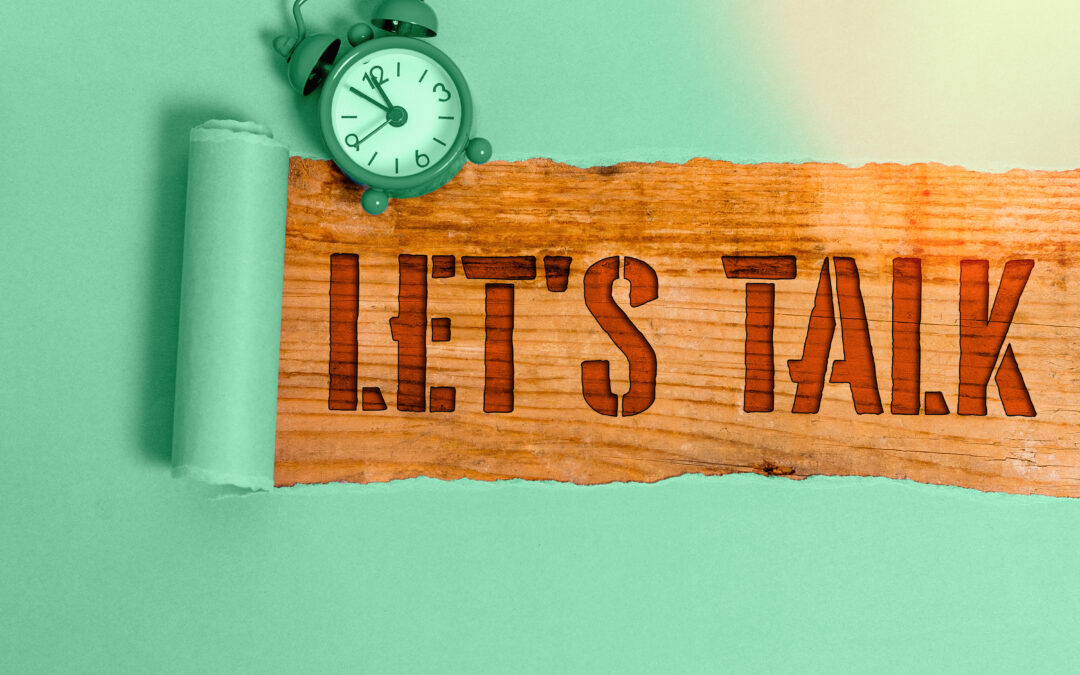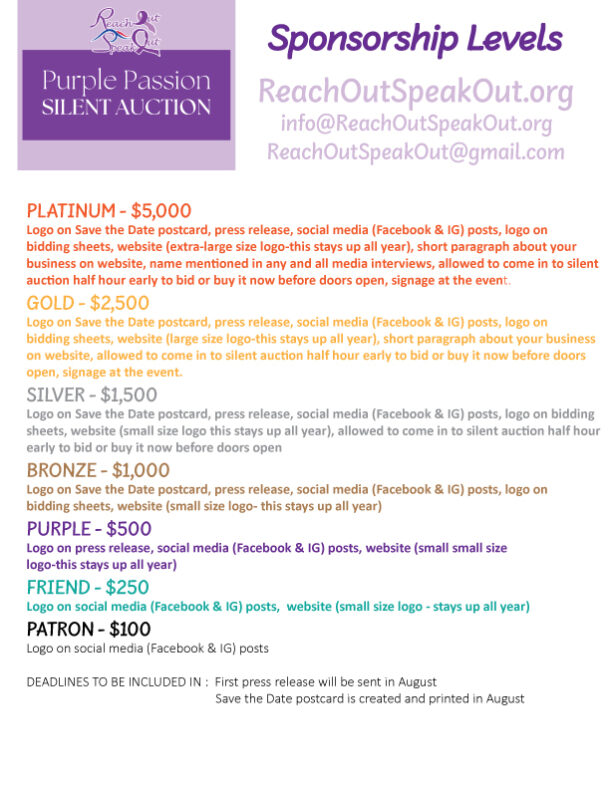
by Susan Adams | May 1, 2025 | Domestic Violence
As a result of a marital crisis, I began therapy for codependency and began to work on my issues from childhood. During this time, I realized my unhealthy behaviors and the mistakes I had been making in my marriage. I joined a Christian support group and began...

by Jan Porter | Jan 1, 2025 | Domestic Violence
It is customary to think about the year ahead. The goals you want to achieve throughout the next 365 days. We may think about our eating habits and our jobs. But what about our personal relationships. Whether it is your partner, friend, coworker oreven a neighbor. In...
by Jan Porter | Jan 1, 2025 | Domestic Violence
“Relationships often die not because of the conversations that were had but rather conversations that were needed but never had.” ~Lysa Terkeurst. As you are reflecting over the relationships that you had in 2024, are there any that you know that you...

by Jan Porter | Jan 1, 2025 | Domestic Violence
Are we giving too much access to our hearts? We know what boundaries are. We want to have healthy boundaries in our lives. The Bible is very clear about having boundaries. God put boundaries up for Adam and Eve in the Garden. We are not being selfishor mean when we...

by Jan Porter | Jan 1, 2025 | Domestic Violence
Let’s take our blinders and masks off. Let’s look back on the relationships that we had in 2024 and see if we can cultivate and grow those relationships. That would be the hope. We all need people in our lives. Some relationships will grow and maturewhile others will...
by Shelby Ketchen | Nov 1, 2024 | Domestic Violence
November (well, actually October 31) marks two years since I left my abusive relationship. I thought I had found freedom – and to an extent I had. But not altogether. I was hanging on to “maybe God will work a miracle and restore our marriage.” I know that happens...






